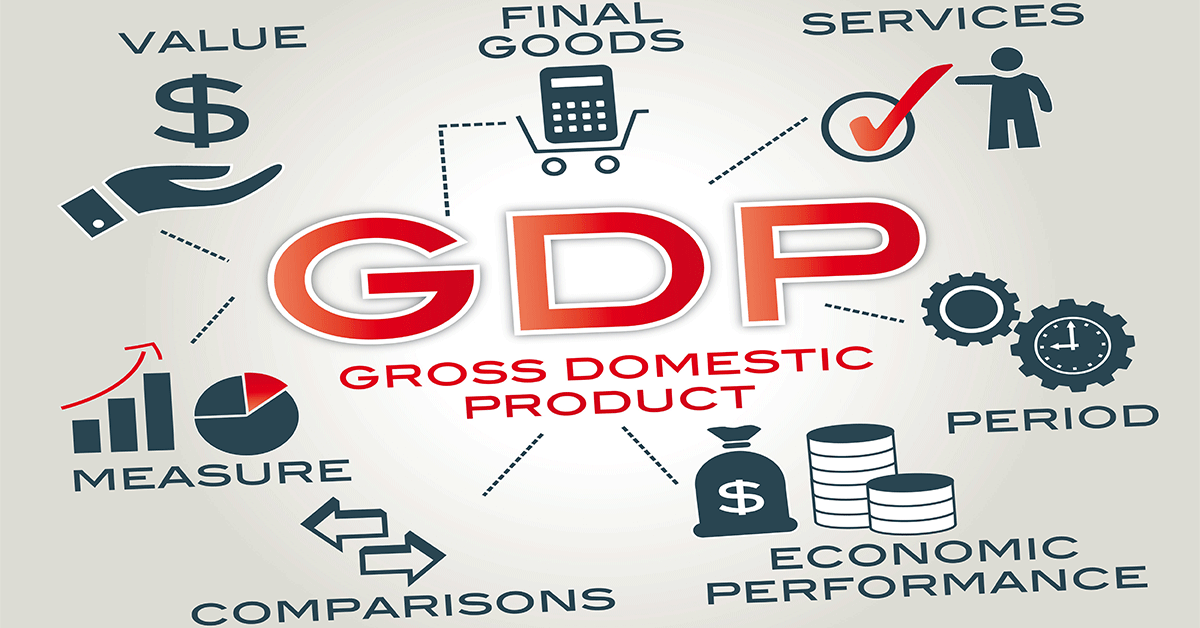Introduction
To excel in the forex market, traders must have a solid grasp of the fundamental factors that drive currency movements. Economic indicators offer valuable information about a nation’s economic health, enabling traders to make well-informed decisions and better anticipate future currency trends. In this article, we will outline the critical economic indicators that forex traders should be aware of and explain how they can influence currency markets.
- Gross Domestic Product (GDP):

GDP is a comprehensive measure of a nation’s economic performance and is considered the most crucial economic indicator. It represents the aggregate value of all goods and services generated within a country during a specific time frame, typically a year or a quarter. A rising GDP signifies a robust economy, which can lead to increased demand for the nation’s currency, while a shrinking GDP can have the opposite effect.
- Inflation Rate:

Inflation gauges the pace at which the overall price level of goods and services is increasing. Central banks keep a close eye on inflation rates to determine monetary policy, as they strive to maintain price stability. High inflation erodes a currency’s purchasing power, which can result in its depreciation. On the other hand, low inflation or deflation can cause a currency to appreciate.
- Interest Rates:
Central banks determine interest rates to regulate inflation and stabilize their economies. Higher interest rates tend to draw foreign capital, which can boost demand for a nation’s currency and cause it to appreciate. Lower interest rates can have the opposite effect, leading to currency depreciation as investors seek higher returns in other markets.
- Unemployment Rate

The unemployment rate represents the percentage of the labor force that is actively looking for employment but cannot find work. High unemployment can indicate a weak economy, which may lead to lower interest rates and currency depreciation. Conversely, low unemployment can signify a strong economy, possibly resulting in higher interest rates and currency appreciation.
- Trade Balance

A nation’s trade balance reflects the difference between its exports and imports. A trade surplus occurs when a country exports more than it imports, while a trade deficit occurs when imports exceed exports. A trade surplus can lead to currency appreciation, as foreign buyers require the nation’s currency to purchase its products. A trade deficit can have the opposite effect, leading to currency depreciation.
- Consumer Confidence Index

The Consumer Confidence Index measures the degree of consumer optimism about the economy’s state. High consumer confidence can lead to increased spending and a stronger economy, which can result in currency appreciation. Low consumer confidence, on the other hand, can signal an economic decline and potential currency depreciation.
Conclusion:
Grasping these essential economic indicators is critical for any forex trader seeking to make informed trading choices. By comprehending how these indicators affect currency markets, traders can better anticipate market fluctuations and devise effective trading strategies. Always bear in mind that economic indicators are just one component of the larger picture, and it is vital to consider other factors, such as technical analysis and market sentiment, when making trading decisions.






